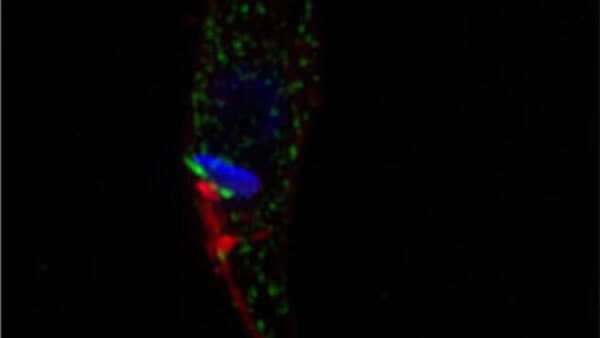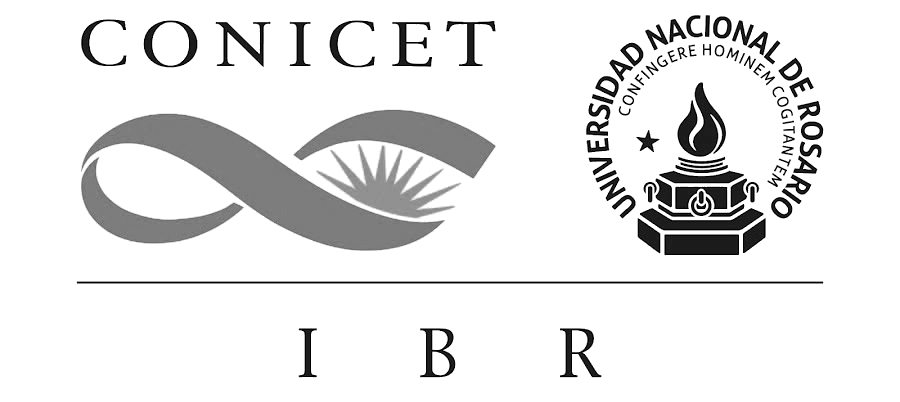research groups
Metal cofactors in trypanosomatids
summary

- Cricco, Julia Location: CCT
Email: cricco@ibr-conicet.gov.ar
RESEARCH LINES
Heme transport, distribution, and metabolism in Trypanosoma cruzi
Trypanosoma cruzi has nutritional requirements for essential metabolites, where heme group other cofactors such as iron, copper, calcium, etc. metal ions are included. This parasite lacks a route for heme synthesis, then it must guarantee the acquisition, storage, and correct use of heme throughout its life cycle. This characteristic is shared by other trypanosomatids responsible for diseases in humans such as T. brucei, Leishmania spp., and other parasites. In our laboratory, we study the molecular mechanisms developed by T. cruzi that govern heme homeostasis. The identification of transport proteins and/or chaperones that participate in these processes, and their subsequent functional and structural characterization, will generate relevant information on essential processes for the proliferation and survival of the parasite. This knowledge will validate this pathway as a possible chemotherapeutic target for the design of drugs for new treatments against Chagas disease.
Copper ions homeostasis in Trypanosoma cruzi
Trypanosoma cruzi, as well as the other trypanosomatids, must supply their quota of metal ions by importing them from their environment. Copper ions, and the heme group, constitute essential cofactors for aerobic organisms. This parasite must control the uptake of copper ions from the host, intracellular distribution, storage and insertion into target proteins. Considering that copper ions, in excess, are toxic to cells, T. cruzi must have strict control over its homeostasis. Furthermore, copper transporters and chaperones that have been identified in other organisms are not conserved in trypanosomatids. Therefore, the identification and characterization of these processes will allow the identification of novel proteins that fulfill essential functions, resulting in promising candidates to be validated as therapeutic targets for the design of new drugs for Chagas disease.
Images of our research lines



